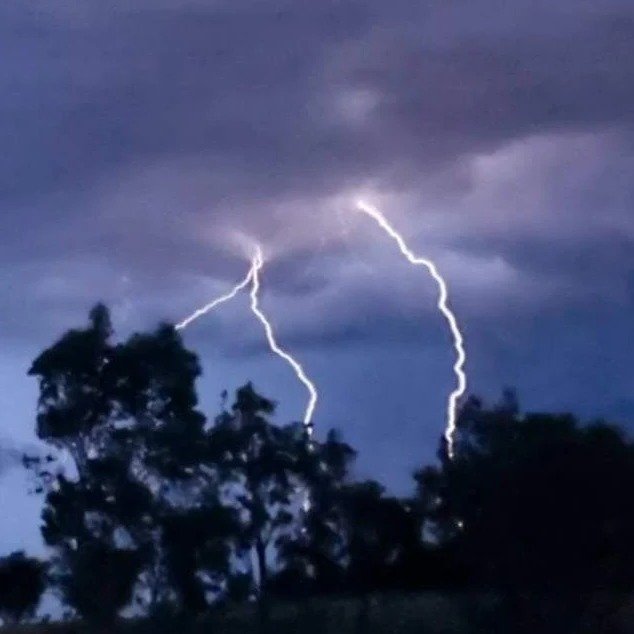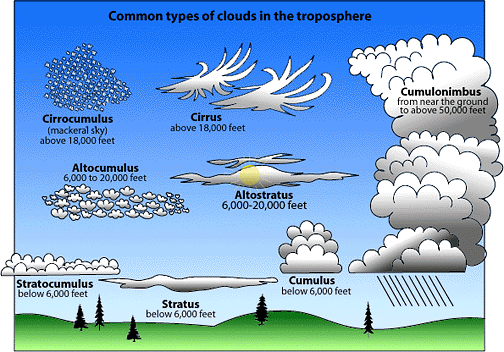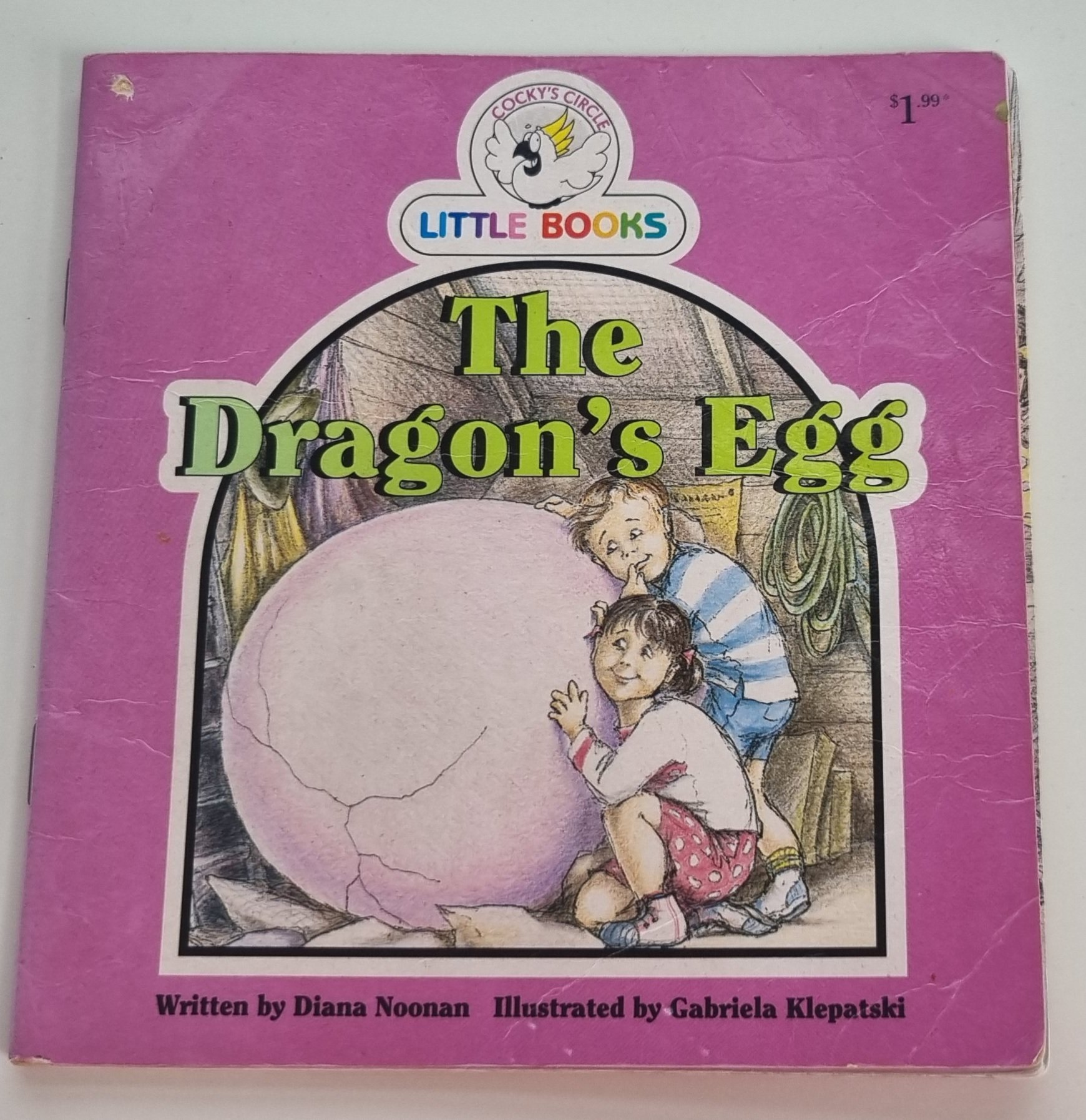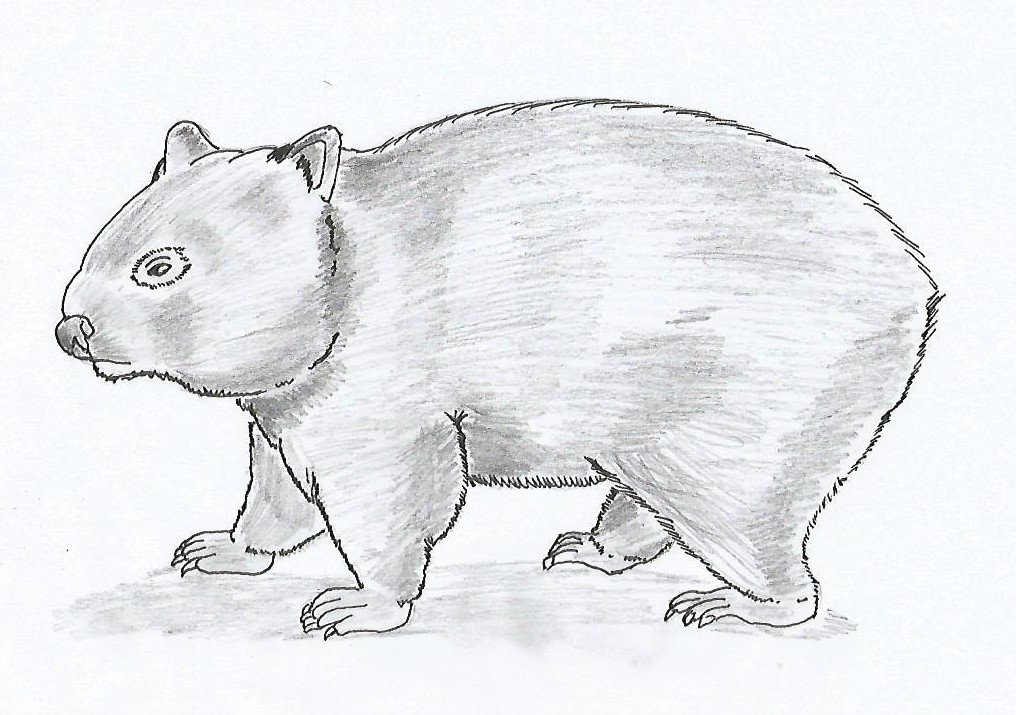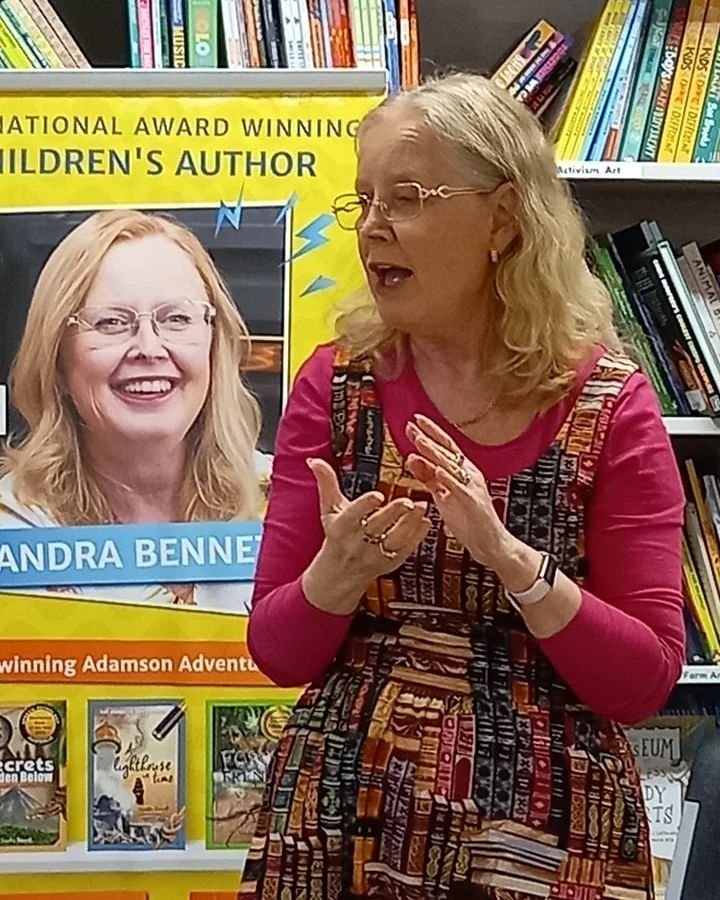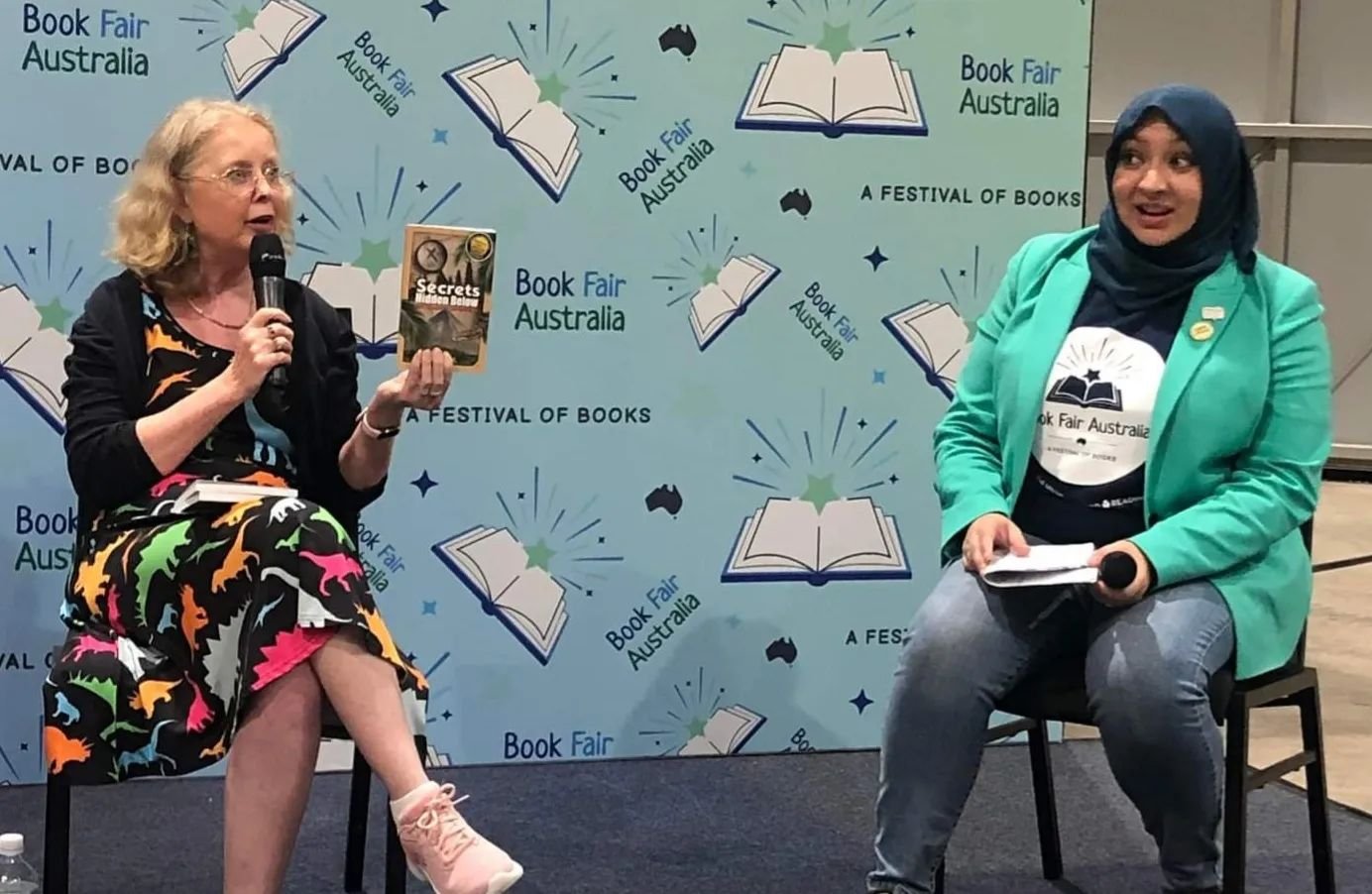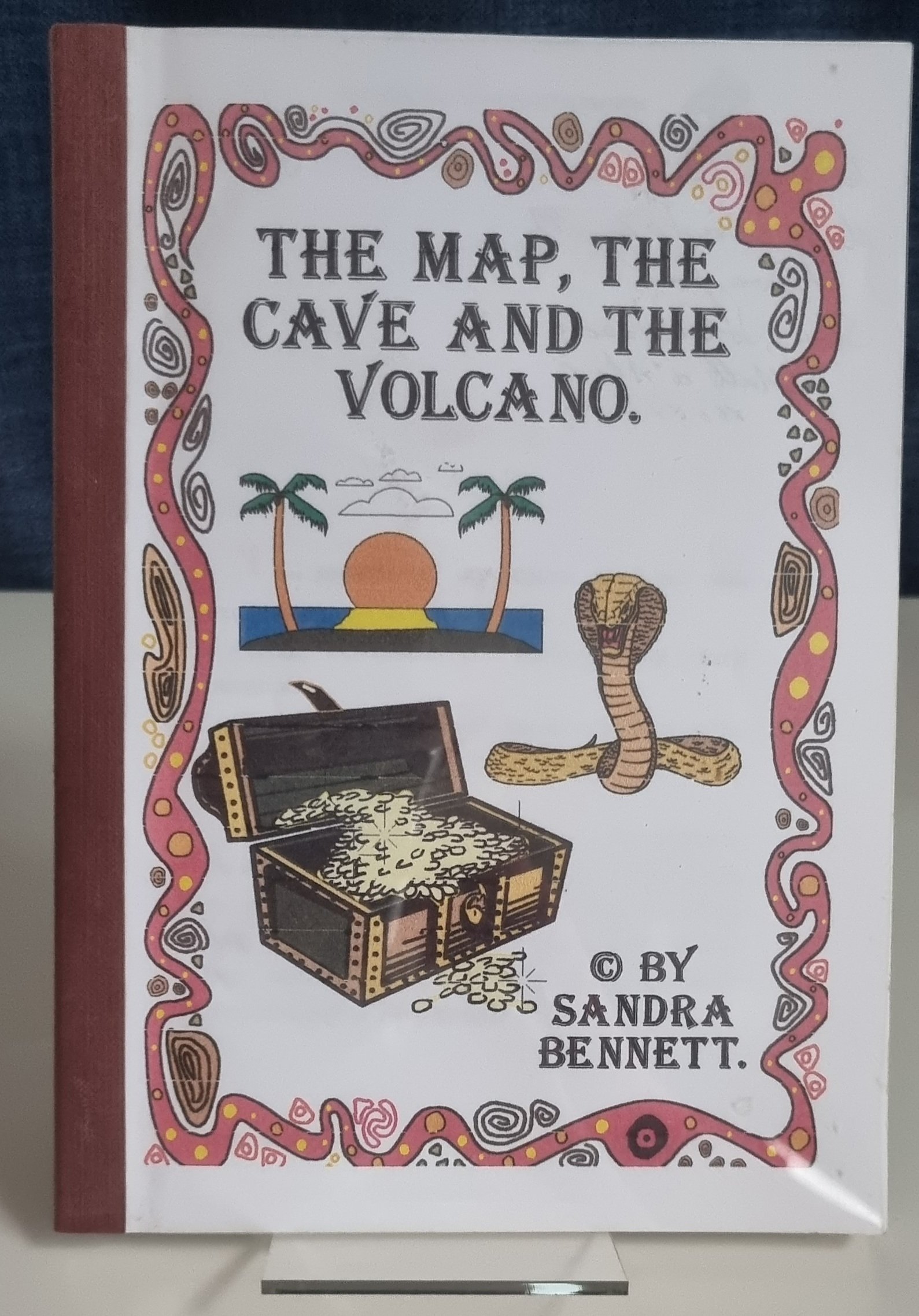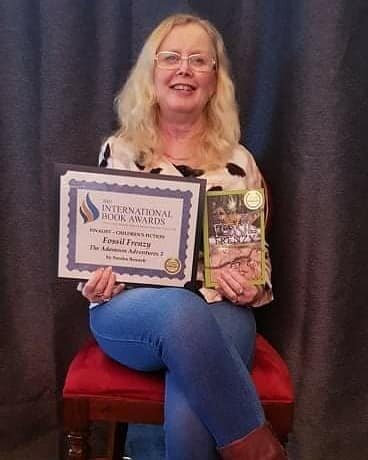On Sunday 25th February I held the book launch for Dragons Drumming, my newly released picture book.
Below are my tips for making it a successful day.
Arrange with the book shop well in advance.
We are lucky here in Canberra to have not only a supportive writing community, but a supportive local independent bookshop, The Book Cow - Kingston .Never- the-less it is still important to talk to them well in advance of when you would like to hold your launch. Bookshops are busy places and this one in particular has many events booked well in advance. It’s also a good idea to take the time to get to know the people that run the bookshop, then they will be more open to a discussion about hosting the launch for you.
As luck would have it, the perfect date for the launch coincided with the end of Chinese Luna New Year, and the celebration of the year of the dragon. As such, the bookshop had already organised the Chinese Lion Dancers and drummers that day, so it was perfect for a launch of a book about Dragons Drumming to start immediately after they finished.
Dragons Drumming Book Launch at the Book Cow Kingston.
Chinese Lion Dancers and Drummers celebrating Chinese Luna New Year at the Book Cow Kingston.
Start your marketing campaign early.
Not only is the bookshop a busy place, but families are also busy on weekends. You need to take that into account and give people plenty of notice with your advertising. Set-up a Facebook event page and then invite people to attend. Be specific, don’t invite everyone on your friends list, be practical and invite those who you know live in your area. No one is going to attend from out of town.
The Facebook events page for Dragons Drumming book launch.
Use all your social channels.
Think of a variety of ways to use your socials to get the message out to everyone. Photos, reels, longer videos, and ask questions to engage your audience. Provide a hint of what to expect from the book and an idea of what to expect at the launch.
I made this graphic a couple of weeks before the events page and invitations went out.
It’s a good idea to show your readers a sneaky look inside so they know what they are getting.
Be prepared and organised.
If you have promised craft activities, make sure you know well in advance what you plan to do. Make an information sheet to hand-out to parents so that the craft activity may be taken home to do later. I made a step by step guide on how to make a paper plate dragon. Then, I painstakingly drew all the dragon pieces onto twenty paper plates for children to take home, cut out, make and decorate later. Don’t forget to pre-make an example of your craft activity so that kids can see what it is they are going to do.
I also prepared a sheet for a different paper dragon so that children had a choice. Not everyone wanted to make the same dragon, but all the sheets happily disappeared.
Being a book about drumming, we couldn’t have a launch without percussion instruments. I bought these well in advance and kept them neatly all together in one box.
Some of the best book launches don’t simply involve a book reading, make it as engaging, interactive and inclusive as possible.
Make sure you pack all your bits and pieces the day before too, it will save you time, energy and stress. It also allows time to check your list that you have everything you need.
Eager hands went up everywhere when it was time to hand out the percussion instruments.
When you are well prepared it’s easy to relax and enjoy yourself.
Celebrate with a special treat.
I also made cupcakes. It’s important to celebrate the launch with some kind of treat. To help relieve any stress on the day of the launch, I made the cupcakes the day before. However, I did not ice them until the morning. I had pre-ordered edible cake toppers with an image of the book cover. These did have to be added when I iced the cakes, but couldn’t be done too far in advance as they would run and be ruined if they were to sweat.
Cupcakes all boxed up and ready to go.
Yummy cupcake treats on the table beside my books waiting to be devoured…. and they were!
Relax and enjoy the day.
Arrive early to give yourself plenty of time to set-up. It’s amazing how many people will also arrive early and want to talk to you. You don’t want to feel stressed about the organisation, so be prepared and have a helper or two to lay things out for you. Don’t try to do it all yourself. Have your speech well planned too, whether you use notes or keep it all in your head, make sure you have thought about what you want to say and don’t forget to thank everyone involved that has helped you reach this point, including the bookshop for hosting your beautiful event.
When it’s all over, relax, don’t rush, enjoy the chance to chat with people while you are signing their books. Engaging with people is important, especially when you have never met them before. Take your time and make a connection with them.
All set up and ready go.
At the end of the day it’s always great to sign books and chat with great supportive friends.
When all is said and done, take a deep breath and congratulate yourself on a job well done.
Have you been to book launches? What did you like best about them?












